Dung beetles may not seem like the most glamorous creatures, but their obsession with poop makes them some of the most important insects on the planet. These tiny waste warriors are nature’s clean-up crew, soil enhancers, and even climate champions. Whether you’re impressed by their strength, navigation skills, or ecological contributions, dung beetles prove that even the smallest creatures can make a massive impact. Here’s everything you didn’t know about these unsung heroes—and why we should all give a poop about them.
1. They Dedicate Their Entire Lives to One Thing
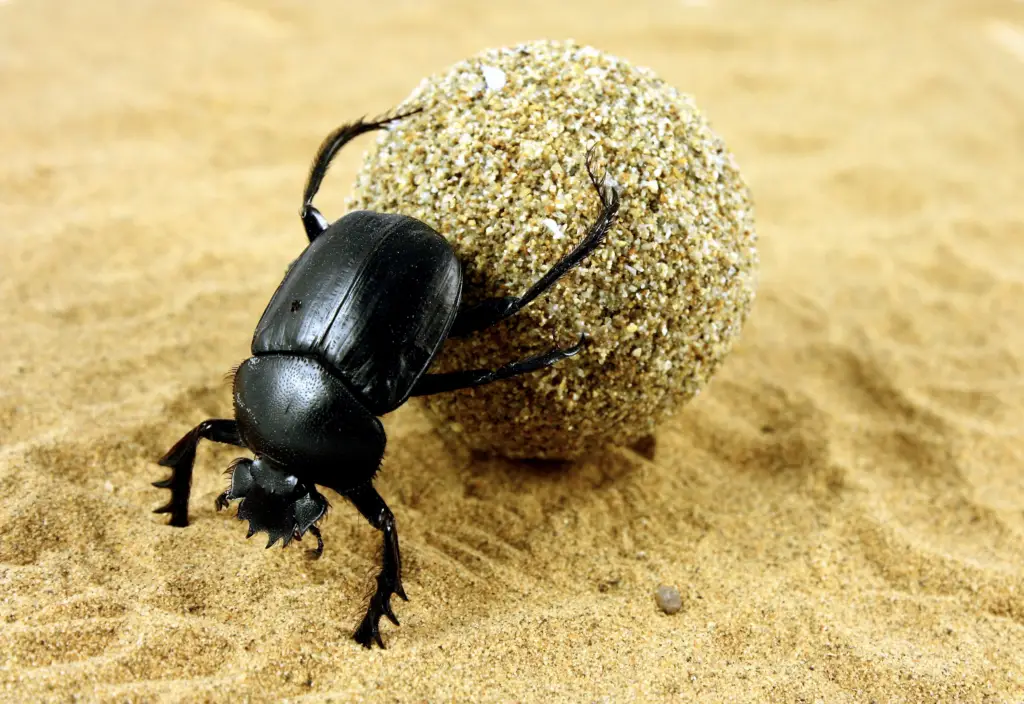
Dung beetles dedicate their entire lives to animal feces. They eat it, bury it, and use it as a home for their eggs. This may sound unappealing to us, but it keeps ecosystems clean and prevents waste from piling up in the wild.
2. They’re the Strongest Animals on Earth
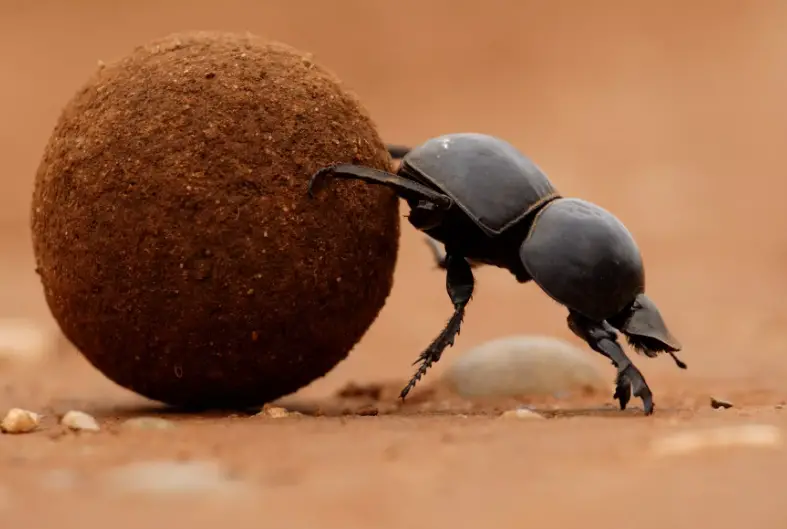
Relative to their size, dung beetles are unmatched in strength. Some species can move dung balls more than 1,000 times their body weight. That’s the equivalent of a human dragging a fully loaded jumbo jet. Their strength is crucial for rolling dung away from competitors.
3. They’ve Been Around Since Dinosaurs

Dung beetles are ancient creatures with fossil evidence dating back at least 30 million years. They’ve been cleaning up after animals since the days of the dinosaurs, showing just how vital they’ve always been to ecosystems.
4. They Use the Milky Way to Navigate

Some dung beetles are natural astronomers, using the Milky Way to guide them at night. This celestial navigation helps them roll their dung balls in straight lines, ensuring they reach their destination without interference.
5. They Recycle Nutrients into the Soil
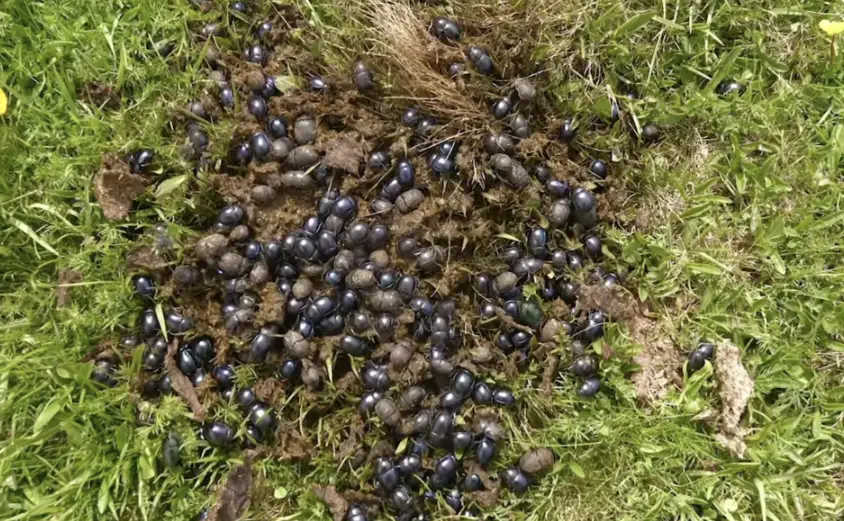
By burying and breaking down animal waste, dung beetles return essential nutrients to the soil. This process enriches the earth, supports plant growth, and helps maintain thriving ecosystems.
6. They Control Pests Naturally
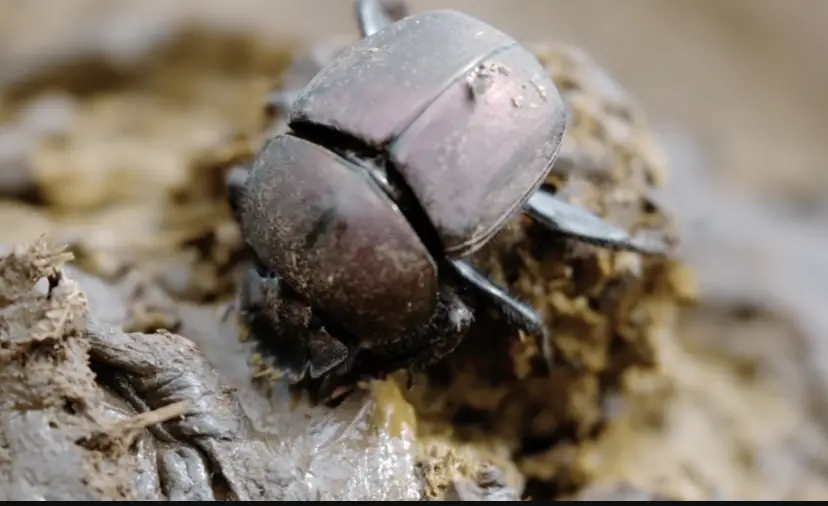
Dung beetles prevent the spread of pests like flies and parasitic worms by quickly removing animal feces. This natural pest control benefits livestock, wildlife, and even humans by reducing disease risks.
7. They’re Organized into Three Teams
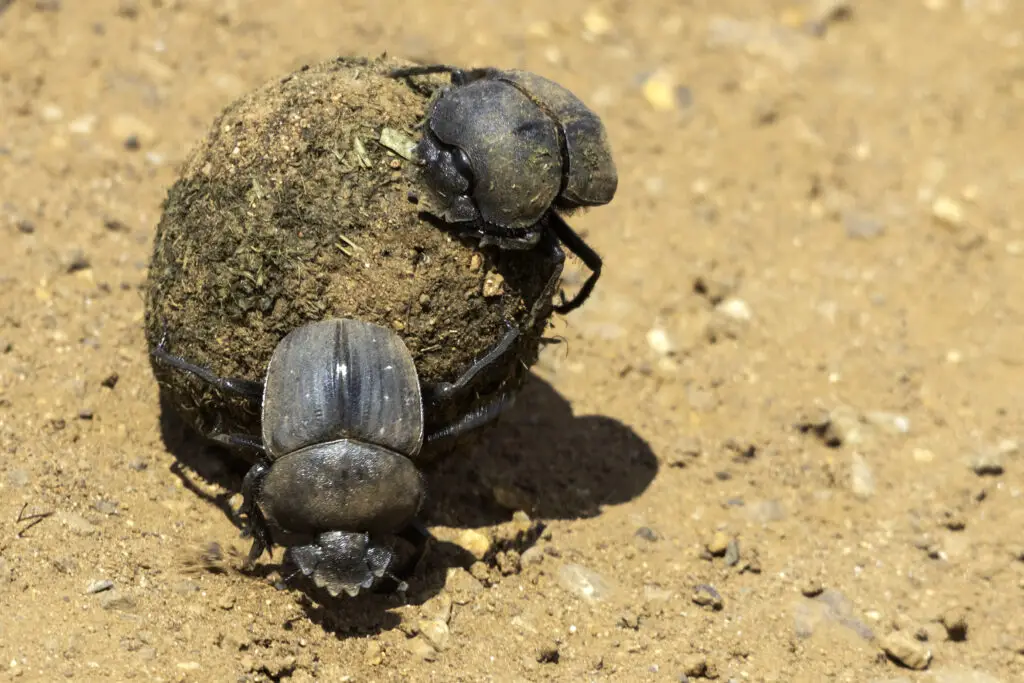
YouTube
Dung beetles fall into three groups: Rollers, who roll dung into balls and move it away; Tunnelers, who bury dung beneath the pile; and Dwellers, who live directly in the dung itself. Each type plays a specific and important role in waste management.
8. They Save Farmers Millions
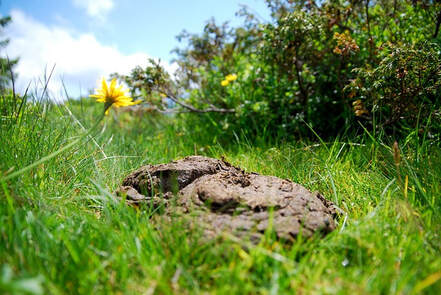
YouTube
In agricultural settings, dung beetles reduce the need for chemical fertilizers and pest control. By enriching the soil and managing waste, they save farmers millions of dollars every year and contribute to more sustainable farming practices.
9. They’re Climate Fighters
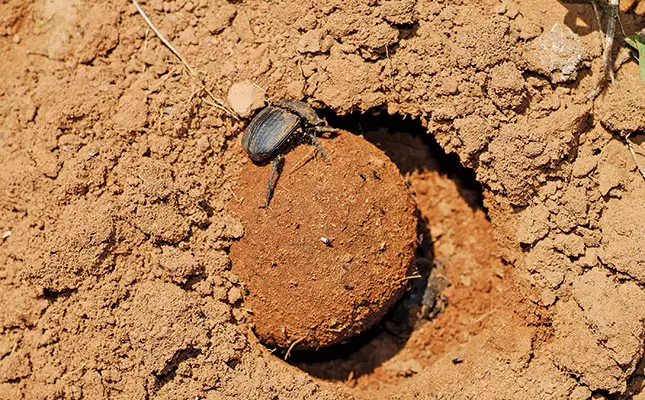
By burying dung underground, dung beetles help prevent methane, a potent greenhouse gas, from being released into the atmosphere. This makes them an unexpected ally in combating climate change.
10. They’re Surprisingly Beautiful
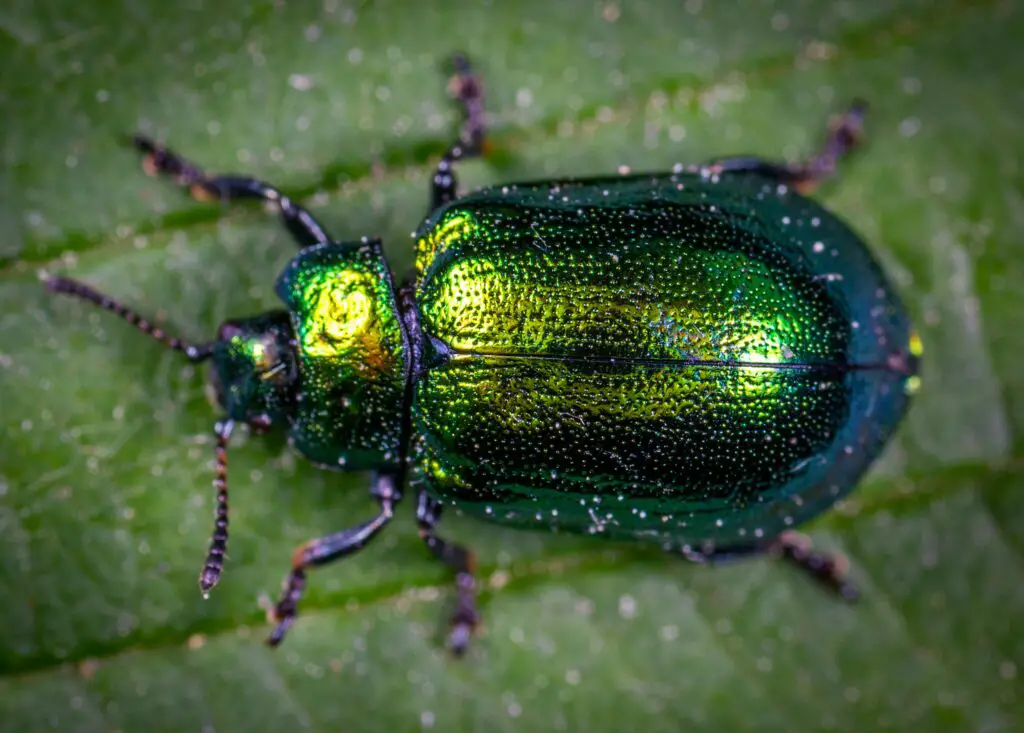
Not all dung beetles look plain. Many species have iridescent exoskeletons in shades of green, blue, and gold, making them some of the most stunning insects you’ll ever see.
11. They Were Worshipped by Ancient Egyptians
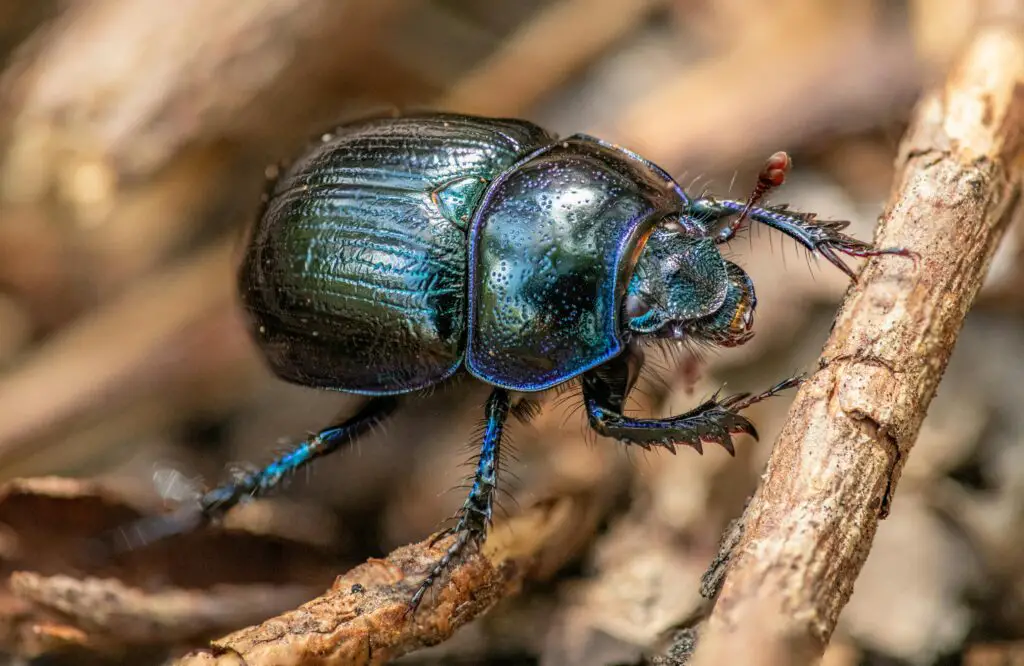
Pexels
Dung beetles, particularly Scarabs, were revered in ancient Egypt as symbols of life, death, and rebirth. Their ball-rolling behavior was associated with the sun’s journey across the sky, and they were considered sacred creatures.
12. They’re Essential for Grasslands and Forests
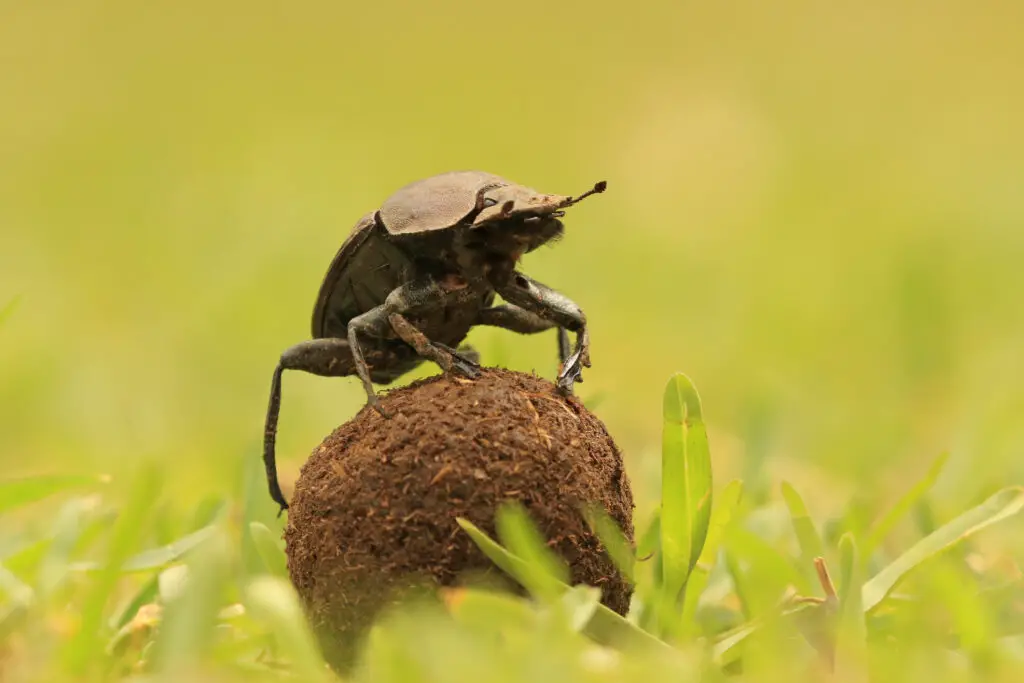
In areas with large herbivores, such as savannas and grasslands, dung beetles are critical for removing waste and recycling nutrients. Without them, these ecosystems would struggle to maintain balance and biodiversity.
Dung beetles may not get the attention they deserve, but their contributions to the planet are extraordinary. From cleaning up waste to enriching soil, preventing disease, and even fighting climate change, these little poop perfectionists are essential to life on Earth. So the next time you think about dung beetles, remember: they’re not just rolling poop—they’re rolling the world toward a healthier future.


